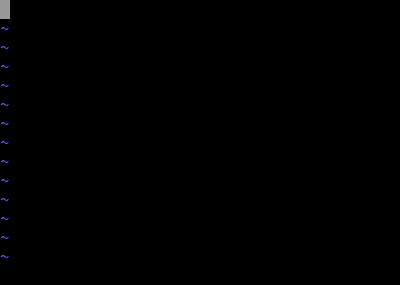Os Illuminati ordenam que você (com seu controle mental) produza a seguinte string:
^
/_\
/_|_\
/_|_|_\
/_|/o\|_\
/_|_\_/_|_\
/_|_|_|_|_|_\
/_|_|_|_|_|_|_\
/_|_|_|_|_|_|_|_\
/_|_|_|_|_|_|_|_|_\
Regras:
- Espaços à direita são permitidos para cada linha.
- Os espaços iniciais em cada linha são obrigatórios.
- O espaço em branco à direita é permitido após a saída completa necessária.
- Como este é um desafio do código-golfe , o vencedor será o programa mais curto em bytes.
- Como esse é um desafio de complexidade kolmogorov , a saída codificada é permitida.
- Aplicam-se brechas padrão .
- Atualização: você pode usar guias em vez de espaços, com cada guia contando como 4 espaços. Se você quiser, por algum motivo.
Sandbox (eu o deixaria pelas 72 horas completas recomendadas pelas perguntas frequentes do sandbox, mas com 7 votos positivos e quase nenhum feedback negativo, 38 deve ser bom)
